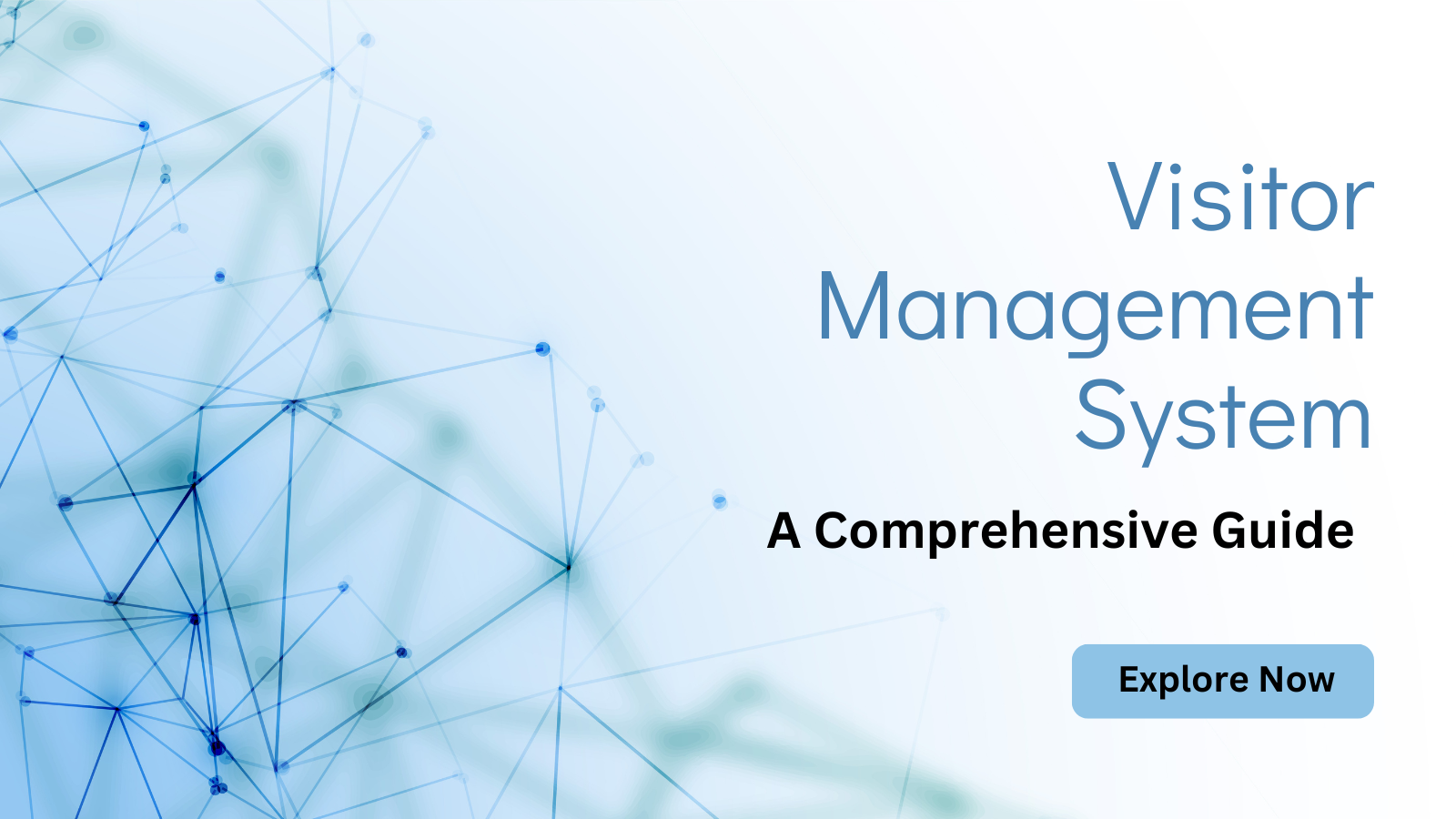In today’s fast-paced and security-conscious world, managing visitors effectively has become a crucial aspect of office administration. With the rise of technology, traditional sign-in sheets are being replaced by sophisticated visitor management systems that enhance security, streamline operations, and improve visitor experiences. This comprehensive guide delves into the essential aspects of visitor management systems, their benefits, and how to choose the right solution for your office.
Understanding Visitor Management Systems
A visitor management system (VMS) is a digital solution designed to manage and track visitors entering a facility. Unlike traditional methods, a VMS automates the process, offering a seamless and secure way to handle visitors. These systems typically include features like visitor registration, badge printing, notification alerts, and reporting.
Benefits of Visitor Management Systems
1. Enhanced Security
One of the primary reasons for adopting a visitor management system for offices is the significant boost in security. By accurately tracking who enters and exits the premises, organizations can prevent unauthorized access and respond swiftly to any potential security threats.
2. Streamlined Operations
Visitor management solutions streamline the check-in process, reducing wait times and freeing up administrative staff to focus on more critical tasks. Automation ensures that data is accurately captured and stored, minimizing human error and enhancing efficiency.
3. Improved Visitor Experience
A visitor management app provides a modern and professional first impression. Visitors appreciate the quick and easy check-in process, which can include pre-registration and mobile check-in options. This not only enhances their experience but also reflects positively on the organization’s image.
4. Compliance and Reporting
Many industries require stringent compliance with security and privacy regulations. A visitor management system helps organizations meet these requirements by maintaining detailed logs and reports of all visitor activities. This data can be crucial during audits or investigations.
Key Features of Visitor Management Software
When selecting a visitor management software, consider the following essential features:
1. Pre-Registration
Allowing visitors to pre-register before their visit can significantly speed up the check-in process. Pre-registration typically involves filling out forms online, which can include the purpose of the visit, the host’s name, and other necessary details.
2. Badge Printing
Instant badge printing is a vital feature that enhances security by clearly identifying visitors. Badges often include the visitor’s name, photo, visit date, and destination within the building.
3. Notifications and Alerts
Visitor management solutions often include automated notifications to alert hosts when their guests arrive. This feature ensures timely reception and minimizes waiting times.
4. Integration Capabilities
A robust visitor management system should integrate seamlessly with existing security systems, such as access control and surveillance cameras. Integration enhances overall security by providing a comprehensive view of visitor activities.
5. Customizable Workflows
Every organization has unique requirements. Look for visitor management software that offers customizable workflows to tailor the check-in process to your specific needs. This can include different procedures for various visitor types, such as contractors, delivery personnel, and VIP guests.
Implementing a Visitor Management System in Your Office
Step 1: Assess Your Needs
Begin by evaluating your current visitor management process and identifying areas for improvement. Consider factors such as the volume of visitors, security requirements, and any specific compliance needs.
Step 2: Choose the Right Solution
Research various visitor management solutions to find one that aligns with your needs. Look for a user-friendly interface, essential features, and positive customer reviews. Additionally, ensure that the solution can scale with your organization’s growth.
Step 3: Plan the Implementation
Develop a detailed implementation plan, including timelines, responsibilities, and training sessions. Ensure that all staff members understand the new system and its benefits.
Step 4: Test and Launch
Before full-scale deployment, conduct a pilot test to identify and address any issues. Gather feedback from users and make necessary adjustments. Once confident, roll out the system across the organization.
Step 5: Monitor and Improve
Continuously monitor the system’s performance and gather feedback from both visitors and staff. Use this information to make ongoing improvements and ensure the system remains effective and efficient.
Conclusion
Adopting a visitor management system for your office is a strategic move towards enhanced security, streamlined operations, and improved visitor experiences. By carefully selecting and implementing the right visitor management software, organizations can protect their premises, comply with regulations, and present a professional image to all visitors. Embrace the future of visitor management with a comprehensive, digital solution that meets your organization’s unique needs.
